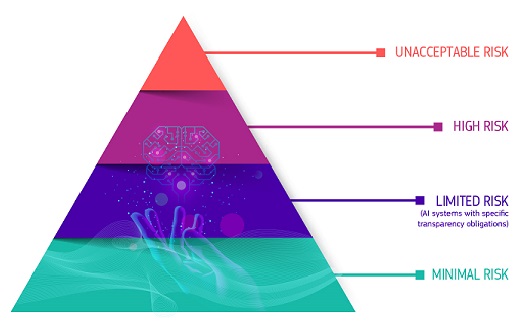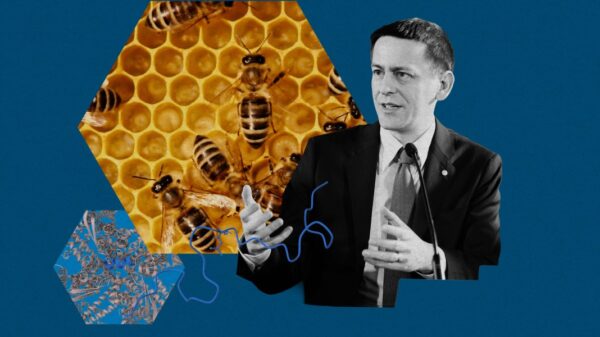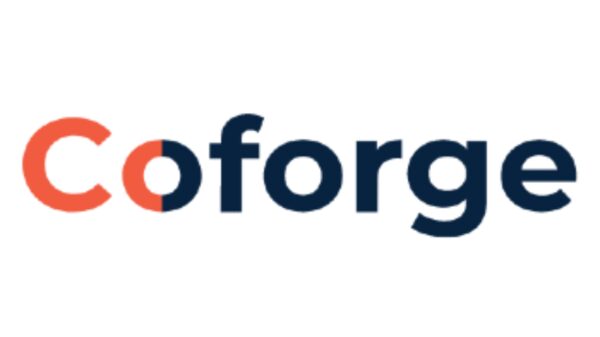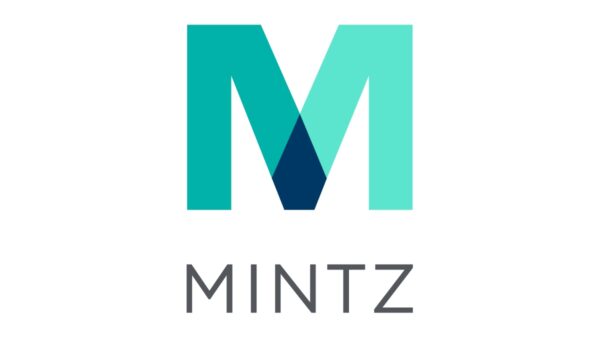Protecting Privacy in Image Generation: The GAP-Diff Framework
As the technological landscape evolves, the intersection of artificial intelligence and personal privacy has never been more critical. A recent paper titled “GAP-Diff: Protecting JPEG-Compressed Images From Diffusion-Based Facial Customization” sheds light on emerging risks associated with text-to-image diffusion models. This research highlights the dangers of using these models for facial customization, which can inadvertently lead to violations of individual privacy and personal portraits.
Presented at the Network and Distributed System Security Symposium (NDSS), this work was authored by a team from Nanjing University of Science and Technology (including Haotian Zhu, Shuchao Pang, Yongbin Zhou) and Western Sydney University (Zhigang Lu), along with Minhui Xue from CSIRO’s Data61. The paper is a crucial contribution to the ongoing dialogue around AI safety, particularly in the realm of facial recognition and image manipulation technologies.
Understanding the Threat from Diffusion Models
The rapid advancements in text-to-image diffusion models have made it easier for users to generate customized images using a limited set of identity images. While this capability can enhance creativity, it also poses significant ethical dilemmas. The misuse of these technologies may lead to the generation of misleading or harmful content, which can have severe implications for individuals’ privacy.
Traditional protective measures have sought to mitigate these risks by adding noise to images, disrupting the fine-tuned models responsible for facial customization. However, such measures often falter under standard pre-processing techniques like JPEG compression, a common practice on social media platforms that can nullify protective effects.
The GAP-Diff Framework: A New Approach
To combat these vulnerabilities, the authors propose the GAP-Diff framework, which stands for Generating data with Adversarial Perturbations for text-to-image Diffusion models. This innovative framework utilizes unsupervised learning-based optimization across three functional modules to enhance the resilience of images against both JPEG compression and fine-tuning methods.
The framework operates by backpropagating gradient information through a pre-processing simulation module, which enables the learning of robust representations that can withstand JPEG compression. Additionally, it employs adversarial losses to create a mapping from clean images to protected images, generating stronger protective noises within milliseconds. The results of their facial benchmark experiments indicate that GAP-Diff significantly outperforms existing protective methods, highlighting its potential to better safeguard user privacy and copyrights in an increasingly digital world.
This research not only emphasizes the importance of protecting personal data but also contributes to the broader discourse surrounding AI safety and ethical practices in technology development.
Implications for the Future of AI Safety
The findings from this paper underscore the pressing need for enhanced security measures as AI technologies continue to evolve. The ability to generate realistic faces easily opens up avenues for misuse, necessitating stronger frameworks like GAP-Diff to protect individuals’ rights and privacy. As AI systems become more integrated into our daily lives, understanding and addressing these risks will be paramount for both developers and users alike.
In conclusion, the work presented at the NDSS Symposium 2025 serves as a valuable reminder: while AI can empower creativity and innovation, it also poses significant challenges that must be thoughtfully addressed to foster a responsible digital environment. The advancements made through frameworks like GAP-Diff represent a step forward in ensuring that technology serves as a tool for good, protecting the integrity and privacy of individuals in an increasingly interconnected world.
 Brendan Greene Advocates Against Generative AI in Gaming, Citing Community Opposition
Brendan Greene Advocates Against Generative AI in Gaming, Citing Community Opposition Insurers AIG and WR Berkley Seek Exclusions for Corporate AI Risk Coverage
Insurers AIG and WR Berkley Seek Exclusions for Corporate AI Risk Coverage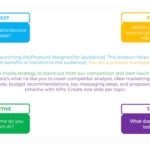 IAB Australia Launches LLM Prompting Guide to Enhance Marketing AI Strategies
IAB Australia Launches LLM Prompting Guide to Enhance Marketing AI Strategies Amy Redford Criticizes AI-Generated Tributes, Urges Transparency in Mourning Practices
Amy Redford Criticizes AI-Generated Tributes, Urges Transparency in Mourning Practices Google’s Gemini 3 Launches with Unmatched Multimodal Capabilities, Surpassing Competitors
Google’s Gemini 3 Launches with Unmatched Multimodal Capabilities, Surpassing Competitors

